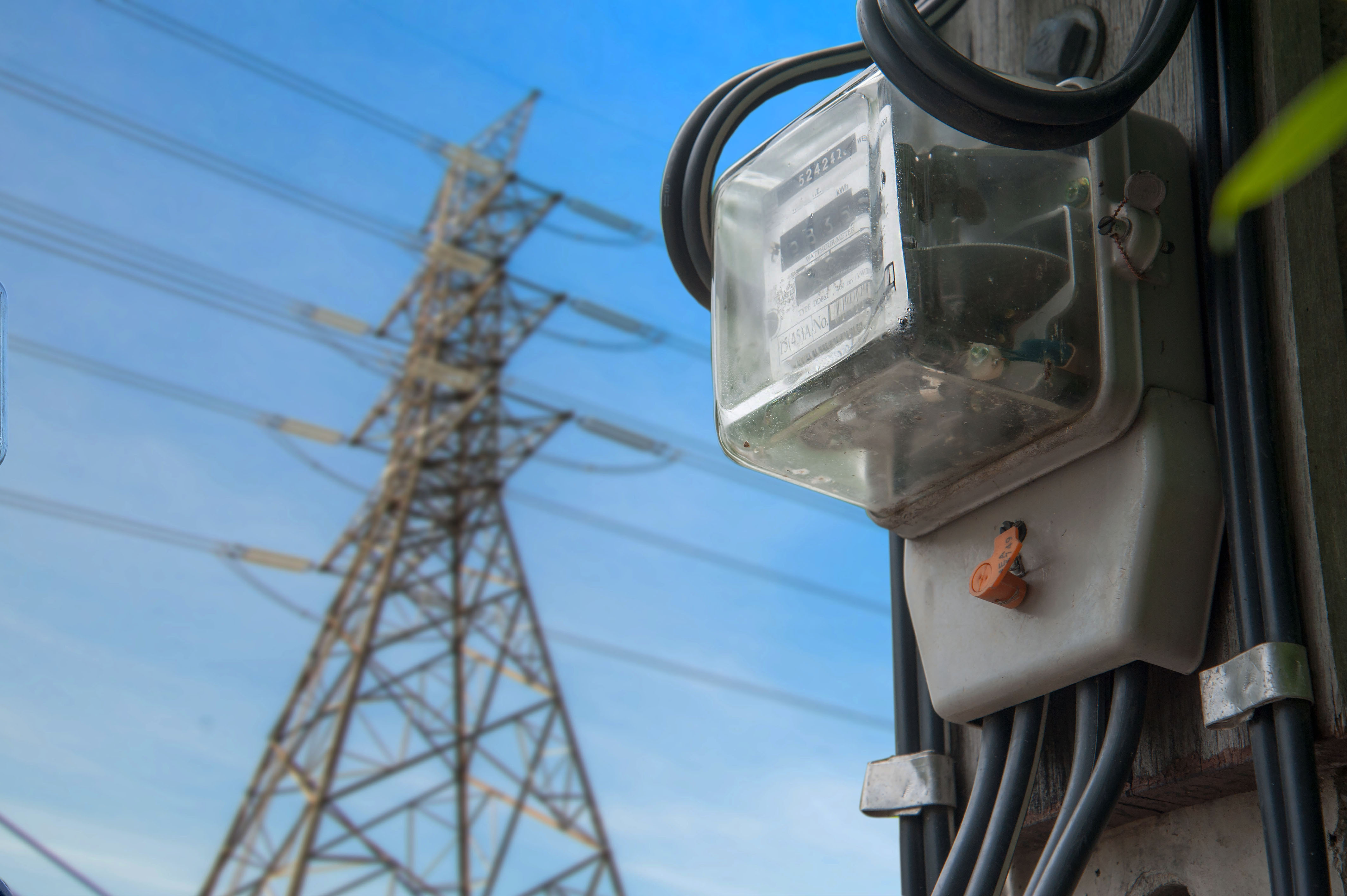MOUNT VERNON – Residents in unincorporated Knox County will get to choose on election day whether they’ll have the option to participate in a program grouping customers together for a chance at lower electric and natural gas bills.
The Knox County Board of Commissioners put the aggregation program on the ballot in the Nov. 2 election
“If you're an incorporated city or village, it won't be on their ballot, and they won't be participating,” Bob Snavely of Palmer Energy told the Mount Vernon News.
Knox County is working with Palmer Energy through its membership in the County Commissioners Association of Ohio at no additional cost.
The county proposed an opt-out program. If voters approve the program, they will receive an opt-out letter that would list the price, the supplier and the term length. If they didn’t want to participate, they would return a form to opt-out and remain with their original utility.
Before letters could be sent out, Palmer Energy will work with the county in a request for proposals as they try to leverage a group of customers to get a discount on gas and electric rates. If the proposed rates aren’t better than utility pricing, they will recommend not starting the program until the market changes and a discount rate can be obtained.
“What we're trying to do here is basically allow citizens the same opportunity at group purchasing,” Snavely said.
Palmer Energy sends out bids and makes recommendations, but the commissioners make the decision on the prices.
Generally, the savings customers realize in a year is approximately $100.
“It's not a huge number, but when you talk about the unincorporated areas of the county, when you add that up, it becomes significant. And generally, people will spend that money in the community,” he said.
Keeping the money in the county helps economic development, Snavely said.
“One of the big changes that's taken place over the last two to three years – which wasn't the case at the beginning – is that there's no fee to leave at any time,” he said.
For electricity customers, if they tried to leave in the middle of the contract, they’d be charged $30 to $50 to leave the program. The problem was elected officials did not want to put it on the ballot because with everything that comes in the mail, residents might miss the opt-out letter and end up in the program when they didn’t want it. The electricity providers discovered that most customers don’t leave the program, so they didn’t need to charge a fee for a few when it stood in the way of getting it on the ballot.
Terms of the contracts usually are 24 or 36 months, Snavely said.






